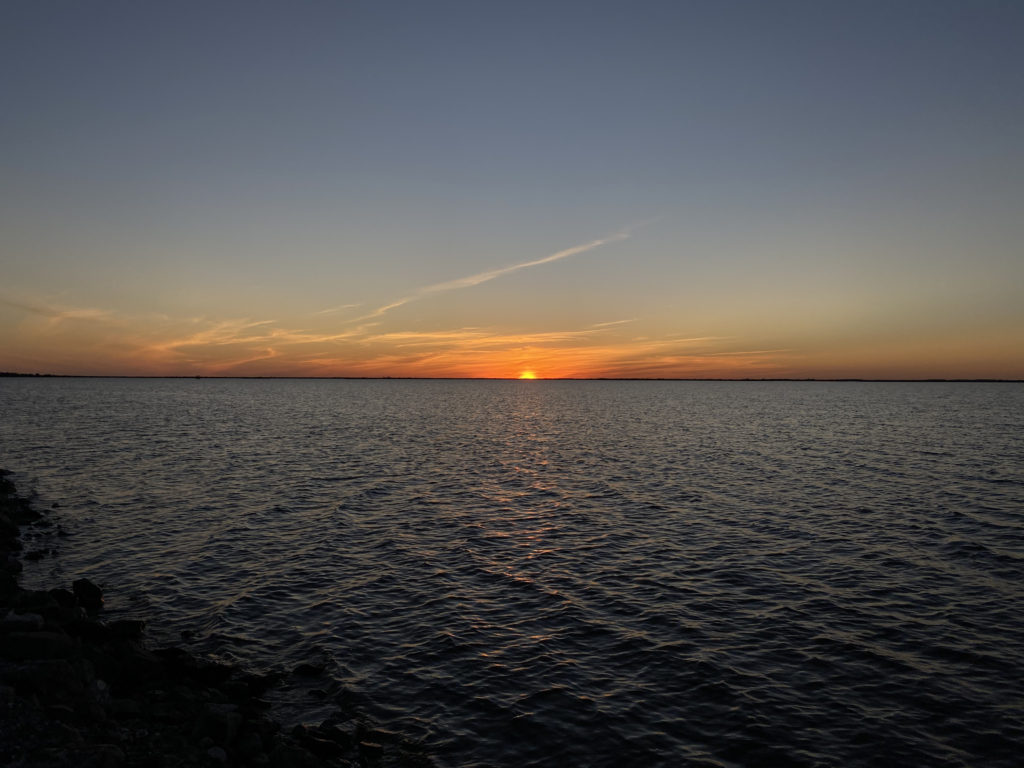Isle de Jean Charles is grasping onto Louisiana as it rapidly slips into the Gulf, just as its residents are grasping onto what’s left of their culture. The Biloxi-Chitimacha-Choctaw tribe calls the island home. A mere strip of road connects them to the mainland. Rita Falgout lived there her whole life until the water started to rise.
“Right now, it’s too late to save the island,” Falgout said. “It’s too little, too late.”
Falgout, 83, remembered her home being pounded by hurricanes Ivan, Katrina, Rita, Ike and Isaac, to name a few. She recalled the calm before the storms, when people used to be able to plant gardens, have flower beds and enjoy the land.
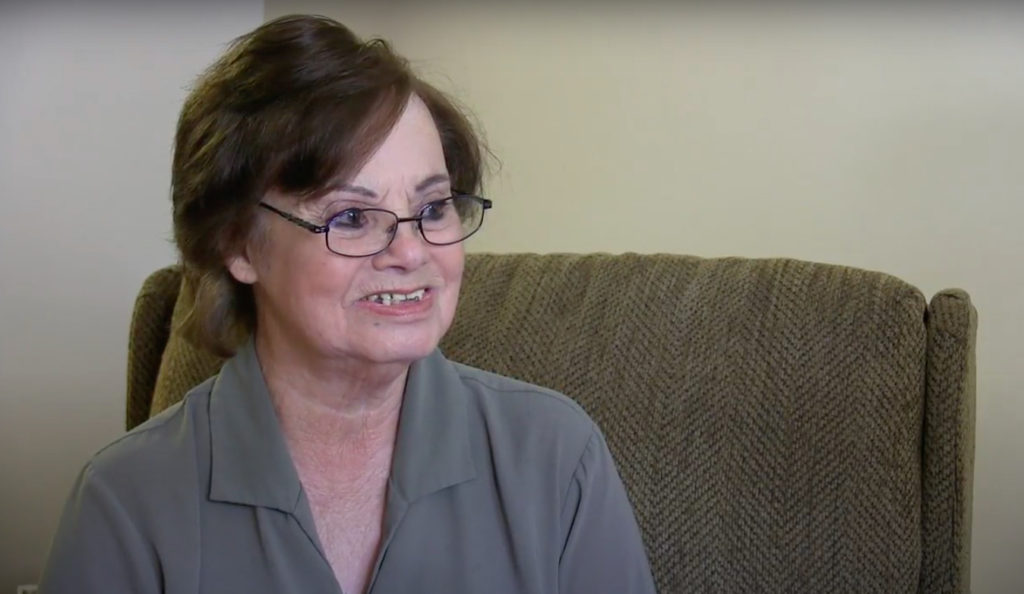
“It was nice country. It didn’t have all that water,” she said. “My momma had a garden, and on the side of the house, she had flowers. Everyone on the island had a nice garden.”
It’s not only the storms causing the land loss, but also erosion, climate change and oil companies digging deep canals. However, many of the tribal members work for the oil companies. Falgout’s brother got a job digging the canals when he returned from the Korean War.
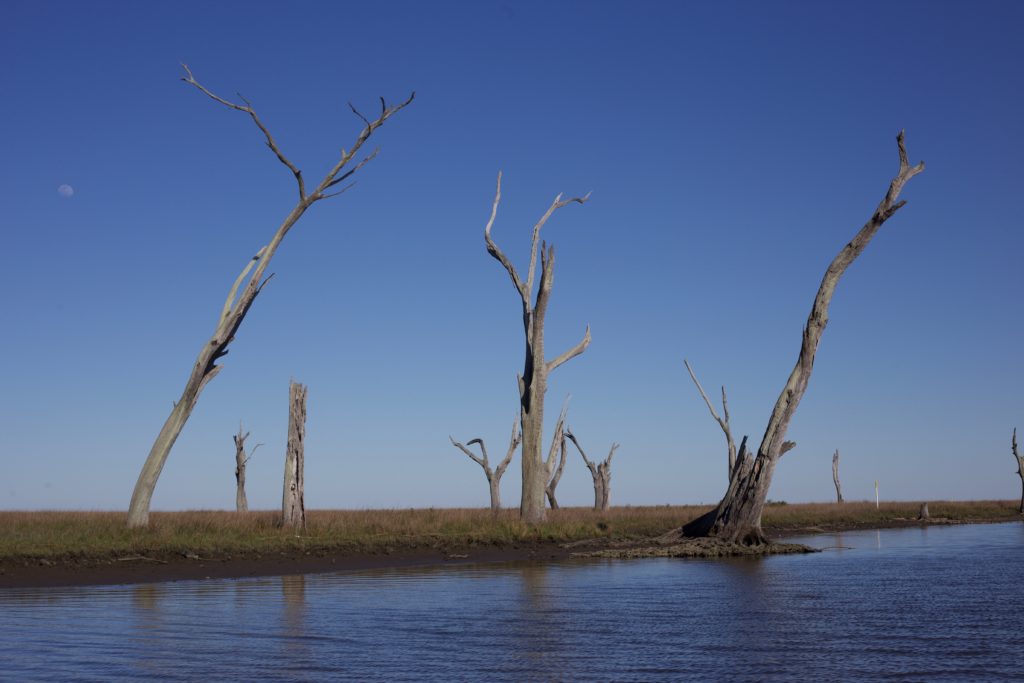
“He didn’t realize at the time what it would cost the people on the island,” she said.
Her grandfather, Jean Victor Naquin, was the chief of the tribe when she was a little girl. Now, her cousin Albert Naquin holds that title. Naquin is a French name, and French bloodlines run deep. The history of the tribe begins in the early 1800s when the Indian Removal Act forced tribes to move west of the Mississippi River. However, some members of the Biloxi, Chitimacha and Choctaw tribes fled south instead of heading west on the Trail of Tears.
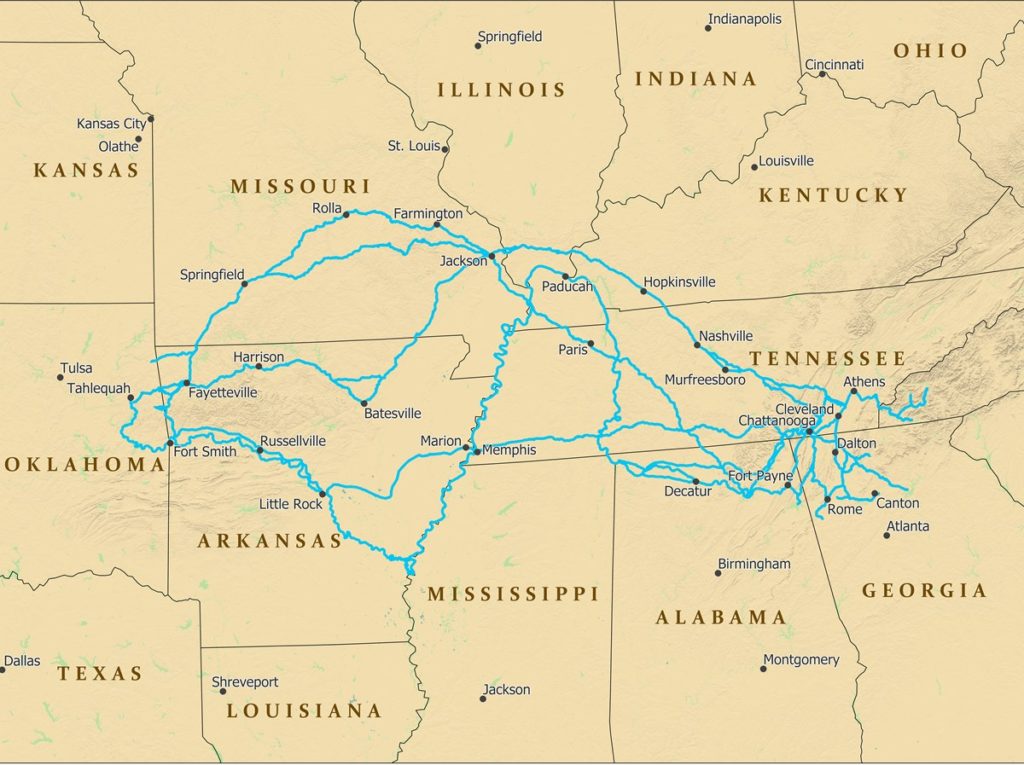
Jean Marie Naquin, a Frenchman, married Pauline Verdin, a member of the merged tribes, according to the tribe’s website. Naquin was disowned for marrying a tribal member, so he and Verdin moved to Isle de Jean Charles. His father, Jean Charles Naquin, had come to the isle often to help a pirate; the isle is named after him.
Falgout experienced years of racism while growing up. Her and her friends and family would have to take a boat to school because they didn’t have access to roads, nor were they allowed on the school buses with the white kids. They spoke Chitimacha and French but weren’t allowed to talk in either languages at school. Teachers demanded they spoke in English. Every time Falgout wrote “Indian” as her race on her paper, they’d make her change it to “white.” Through education and segregated schools, their culture was ripped out from under their fingertips.
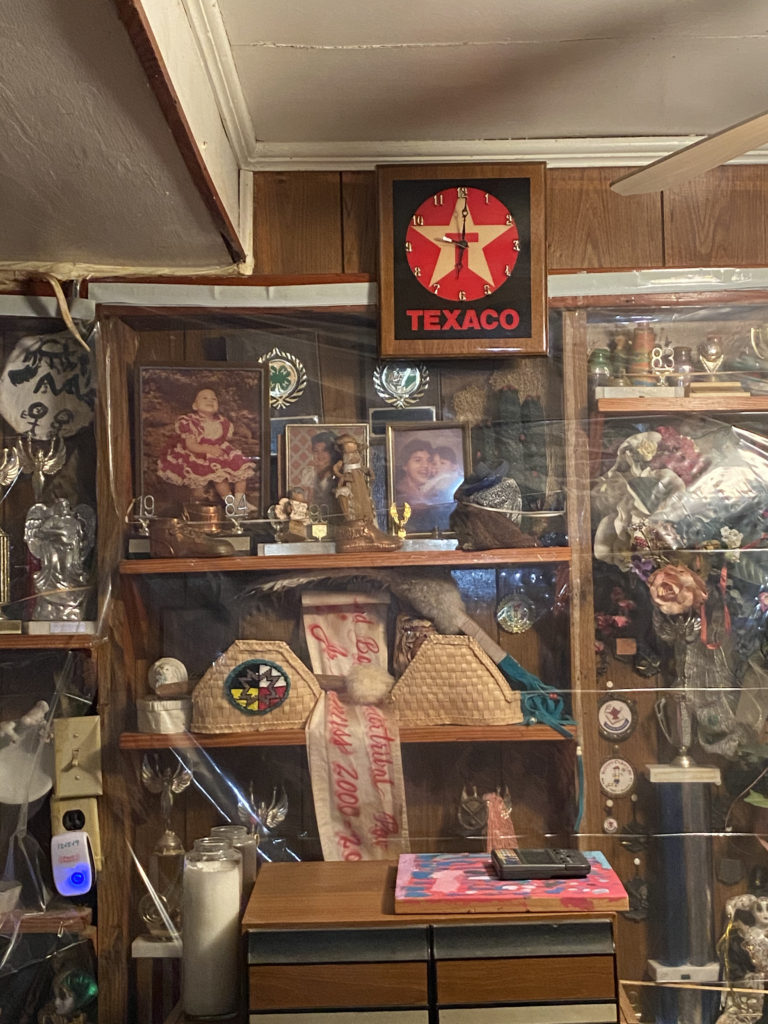
“My grandfather would tell us, ‘Don’t ever be ashamed of who you are,’” she said. “When I was older, I’d tell my son, ‘Ok son, walk straight, hold your head up, don’t ever be ashamed of who you are.’”
In 1953, the first road leading to Isle de Jean Charles from Louisiana’s mainland was built, according to the tribe’s website. The tribe criticized the construction of the road and said it was in a poor location and wasn’t built high enough. In 2011, Terrebonne Parish listened to their complaints and built the road higher. But that construction project came with one stipulation; this repair would be the first and last time the road would be repaired.
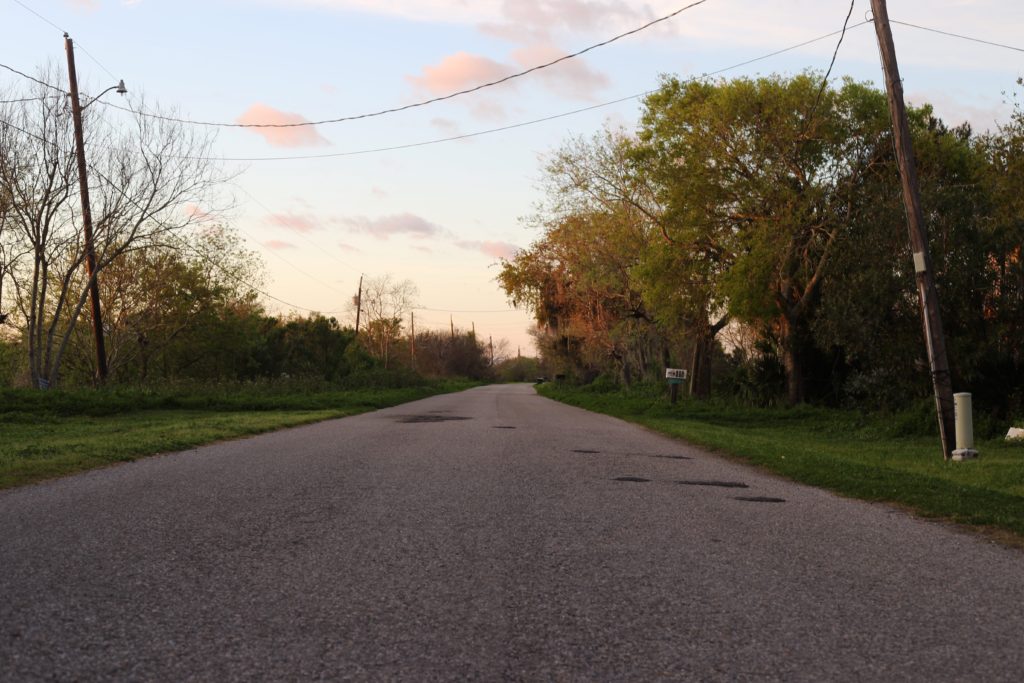
However, each step forward meant two steps back. In 2013 the U.S. Army Corps of Engineers developed the Morganza to the Gulf Project, a flood protection system along the coastlines of Terrebonne Parish and Lafourche Parish. The system is made up of levees, locks and floodgates designed to provide 100 years of protection from Category 3 hurricane storm surges, according to the Morganza Action Coalition.
Isle de Jean Charles is in Terrebonne Parish, and it was left out of the protection system. The Army Corps of Engineers did a cost-benefit analysis for the project including the isle and decided the benefit was not worth the cost, according to Director of the Terrebonne Parish Office of Coastal Restoration and Preservation Mart Black.
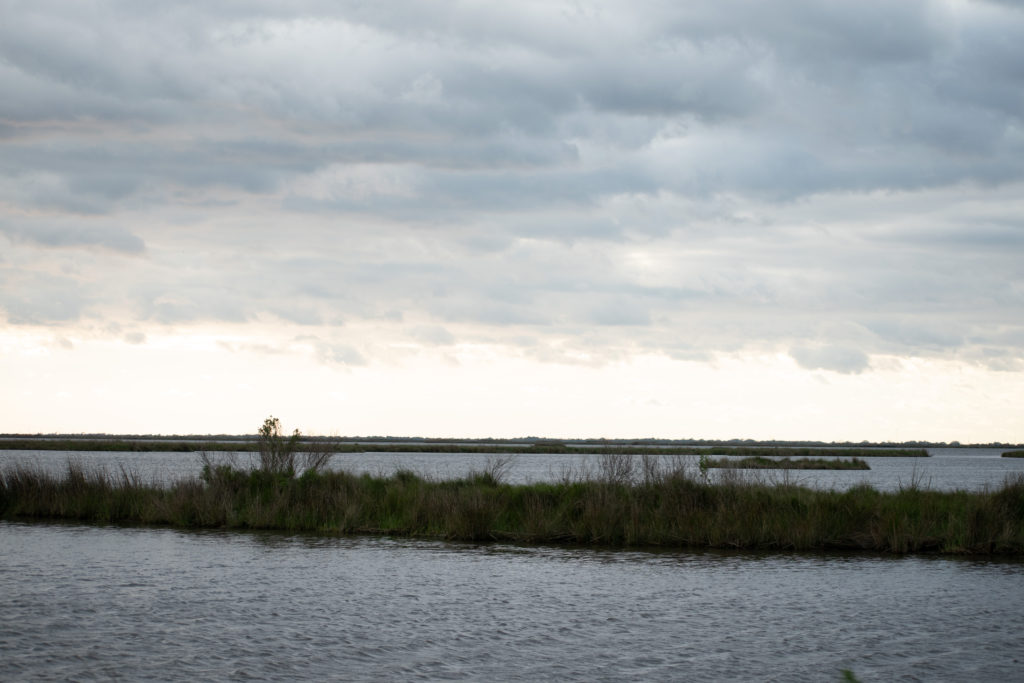
Falgout and those still living on Isle de Jean Charles said their only road floods regularly. In 2018, Falgout made the decision to leave the island. She said there was too much water too frequently, despite her home being raised on 10-foot stilts. Her husband was sick and they didn’t have a means of transportation if the road was flooded. If there was an emergency while the road was flooded, they would have no way to get help.
Since then, Falgout’s husband died. Now, she’s waiting to be relocated in Schriever, La. like she was promised. She’s one of the many members of her tribe who have been displaced and are now awaiting resettlement. However, construction of the relocation has yet to begin.
“They were supposed to start construction, then they pushed it back, then they said they were going to start in March, now it’s April,” Falgout said.
In 2016, the community received a $48 million grant from U.S. Housing and Urban Development for relocation purposes. It’s the first time the U.S. has paid for climate change relocation. One hundred-fifty homes are supposed to be built for the community in Schriever, La., 40 miles away from Isle de Jean Charles. Falgout says they’re just giving back land that was rightfully theirs to begin with.

“Years ago, whites took the Indians’ property,” she said. “Where they’re building those houses, way back when, that was property that used to belong to the Indians. But the whites took that. They’re just giving back to the Indians what they took from them.”
Falgout isn’t sure if she’s going to be around to see the next steps forward for her tribe. For the sake of her family members, she hopes those next steps happen sooner than later.
